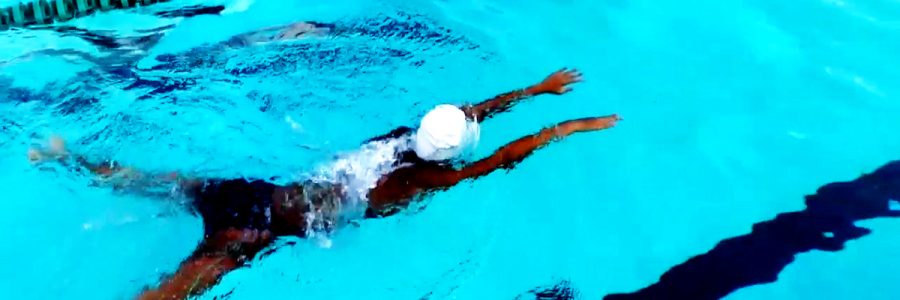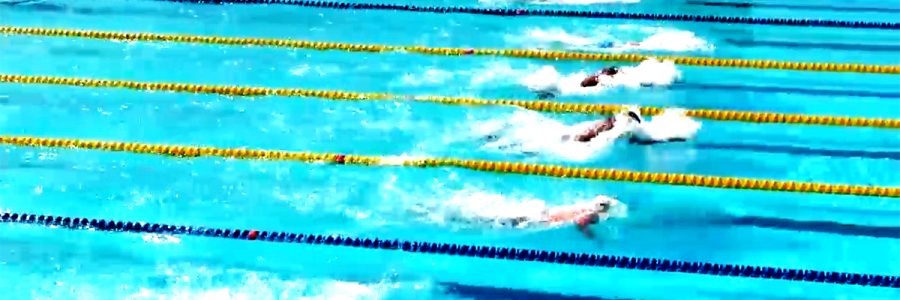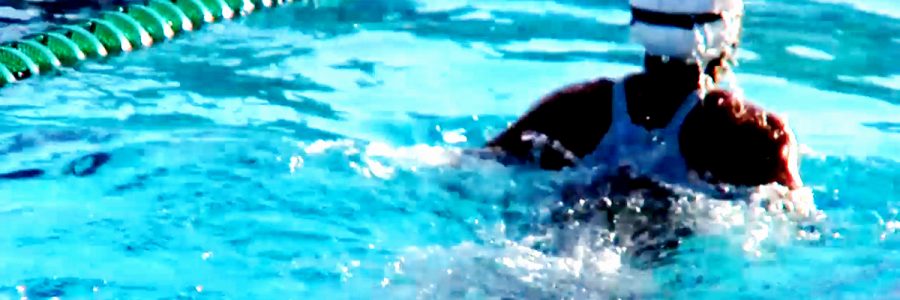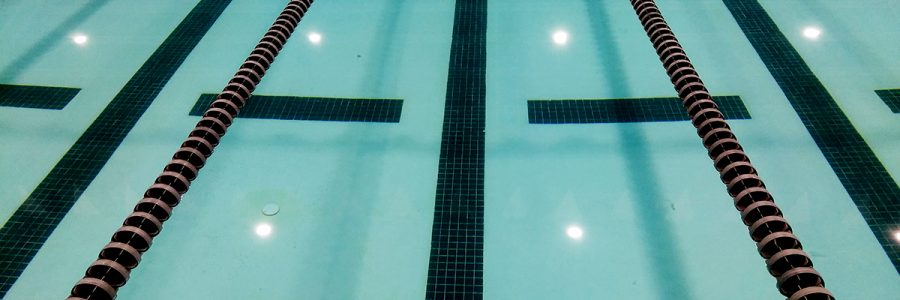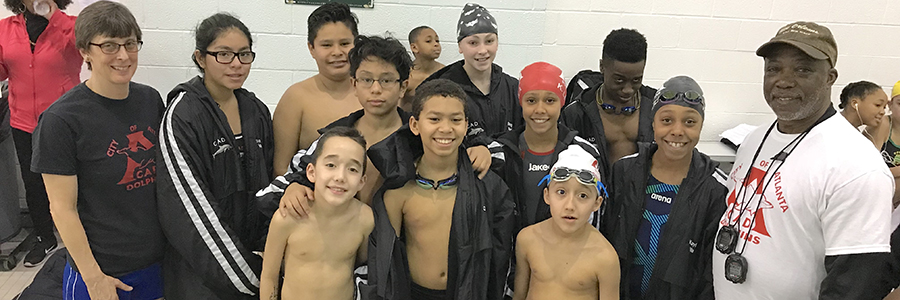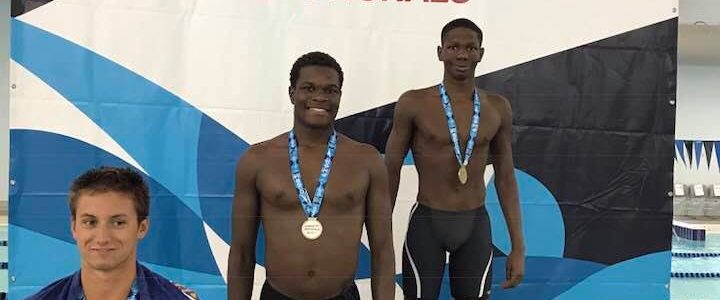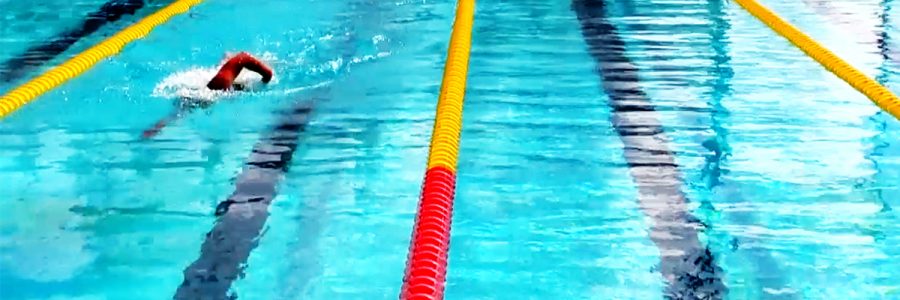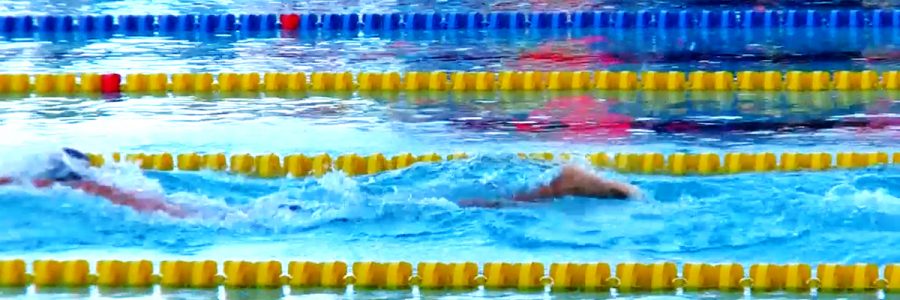Types of Goals
Types of Goals
There are several typed of swimming goals. Long-range goals refer to the level the swimmer wants to attain by the time he leaves high school or college. They are far off in the future.
Season goals are the swimmer’s intentions for the season ending championships.
Short-range goals are benchmarks, steps along the way to the season goals, usually races at the various minor meets. Meeting short – range goals lets the swimmer know that he is on target for his season goals; falling short tells him that he has some adjusting to do.
Finally, there are daily goals in practice. These are simple but immediate: to improve repeat times on certain sets, to pace swim more precisely, to sprint faster going out, to be faster and longer off the walls, to fixed technical trouble spots, and so.
Because swimming is a time-dominated sport, most goals will be time goals. However, skill goals are important as well. Any facet of swimming that can be improved can be a source for goal setting. Swimmers should try to swim not only faster but better-with better technique, few strokes per length, and more beautifully. The better the technique, the more time goals swimmers reach.
Michael Brooks


